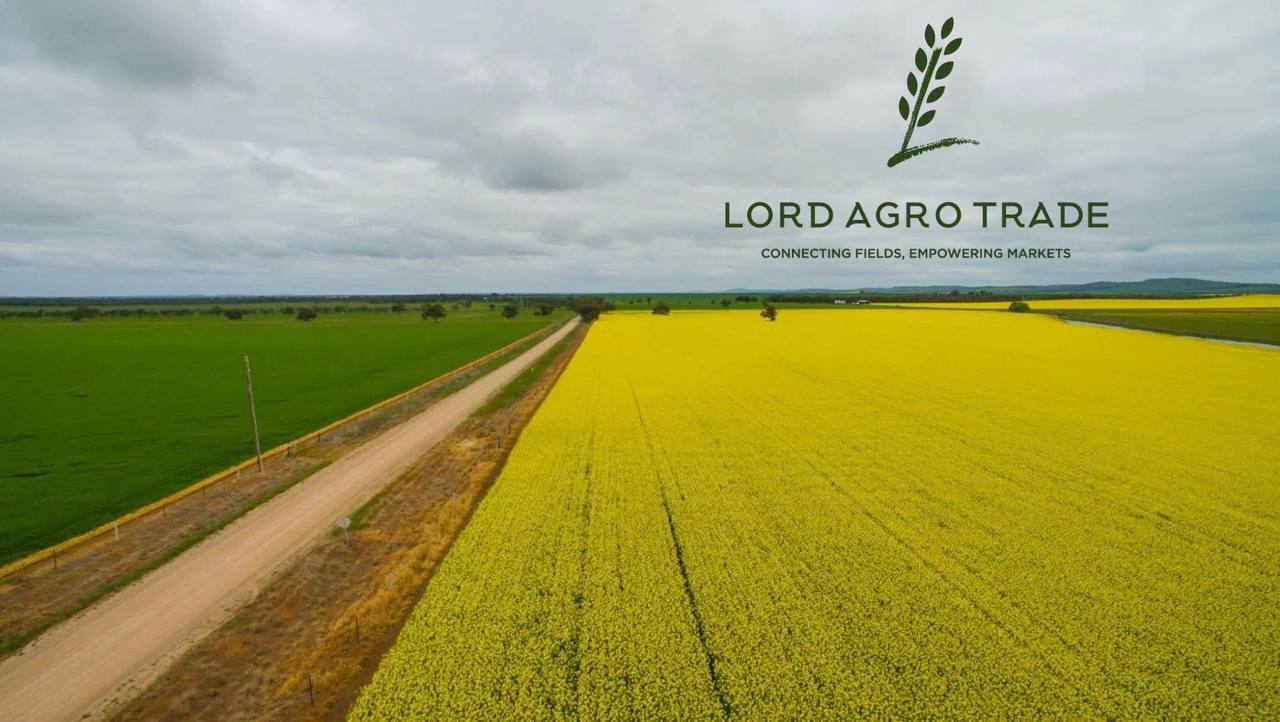Gulfood
17 To 21 FEB 2025 | DUBAI WORLD TRADE CENTRE
We’re excited to see you at Gulfood 2025!
Gulfood
17 To 21 FEB 2025 | DUBAI WORLD TRADE CENTRE
We’re excited to see you at Gulfood 2025!


This report provides an update on Agriculture and Agri-Food Canada’s October outlook for the 2024-25 crop year, incorporating data available up to November 12, 2024.
The Agriculture Report highlights crop production estimates from Statistics Canada’s (STC) September 16, 2024, release on Model-Based Principal Field Crop Estimates, based on data collected through late August. Production of all principal field crops is estimated to have grown by 1.8% year-over-year, which is 2.4% above the five-year average. This improvement is mainly due to better yields in Western Canada, where the harvest is now complete.
Initial reports from the Canadian Grain Commission (CGC) report that harvest in Western Canada is complete and suggest that grain harvest and export quality in this region are fair to good. In Eastern Canada, harvesting is nearly finished, showing better-than-expected yields despite challenges during the growing season. Supplies of principal field crops have increased by nearly 1% compared to last year.
https://agriculture.canada.ca/en
Demand for Canada’s principal field crops remains robust. Usage of grains and oilseeds is forecast to grow marginally, while total demand for pulses and special crops is projected to rise by 8%.
Domestic Use: Total domestic consumption of grains and oilseeds is slightly down, but Canadian consumption of pulses and special crops is expected to increase by 4%.
Logistics and Exports
Post-harvest crop movement has been smooth, with farmer deliveries in Western Canada running 12% higher than last year, according to CGC data.
Exports: Shipments of CGC-monitored crops are 28% higher compared to October 2023, while domestic usage has slightly outpaced last year.
Carry-out sstocks for all main crops are expected to drop by 3%, as lower grain and oilseed stocks offset higher pulse and special crop stocks.
https://agriculture.canada.ca/en
Production: Lentil production for 2024-2025 is estimated to grow by nearly 44%, reaching 2.6 million tonnes (Mt). Red lentil production increased significantly to 1.6 Mt, while large green lentil production more than doubled. Other lentil varieties also saw an increase.
Exports: Lentil exports are projected to reach 2.1 Mt, supported by higher supply and lower carry-in stocks. Key export markets include India, Turkey, and the UAE.
Stocks and October Lentil Prices
Prices: Carry-out stocks are expected to rise. In October, Saskatchewan’s on-farm prices for large green lentils increased by $165/tonne, while red lentil prices rose by $65/tonne, driven by strong export demand. The supply of high-grade Canadian lentils (No. 1 and No. 2) is expected to increase in 2024-25 due to high demand.
https://agriculture.canada.ca/en
In Australia, recent reports highlight the challenges facing agriculture in South Australia, largely due to extremely poor soil moisture levels across key cropping regions this season. Victoria, particularly the Wimmera region—a critical hub for lentil production—is experiencing similar difficulties. With the harvest season underway, the full extent of these impacts remains uncertain, but upcoming yield data is expected to provide clearer insights.
The current situation has already influenced the market, as farmers are seeing increased prices driven by the pressing demand for the new crop. However, one of the key factors affecting international market prices is the uncertainty surrounding Australia’s lentil harvest. Adverse weather conditions have delayed the process, and both harvest volumes and stock levels are anticipated to drop compared to last year.
Australian lentil supplies are crucial for meeting the demand in regions such as South Asia and the MENA region. Any decline in production could result in higher export prices globally. This potential increase underscores the importance of proactive planning and collaboration among agricultural stakeholders. Farmers, investors, and policymakers will need to work together to address these challenges. Strategic approaches to crop planning, resource management, and market positioning will be vital to maintaining stability and meeting global demands as we approach 2025.

https://pulsepod.globalpulses.com/section/market-updates/
As outlined in the previous Report No. 4 for October, prices for agricultural products, excluding pulses, were projected to decrease, indicating that pulse prices would remain stable or increase. In the end-October report, an upward trend in pulse prices was observed, with the overall analysis showing an increase in the average price of lentils in Canada compared to last year.
A review of the situation in Australia also highlighted that reduced exports from the country are expected to drive a global increase in lentil prices. According to the latest report for this month, Australia continues to face challenges due to adverse weather conditions.
From October to now, prices for large green lentils have fluctuated significantly in international markets. After an initial decline, prices have been trending upward weekly.
Based on our analysis of global green lentil suppliers, combined with seasonal high cargo volumes and the rising demand in Asian markets, we forecast the following price ranges for November:
These price projections are influenced by transportation factors and the traditionally high demand period in Asian markets over the coming months.
This report reflects our commitment to keeping you informed of key trends in the global agricultural markets. Stay tuned for further updates!